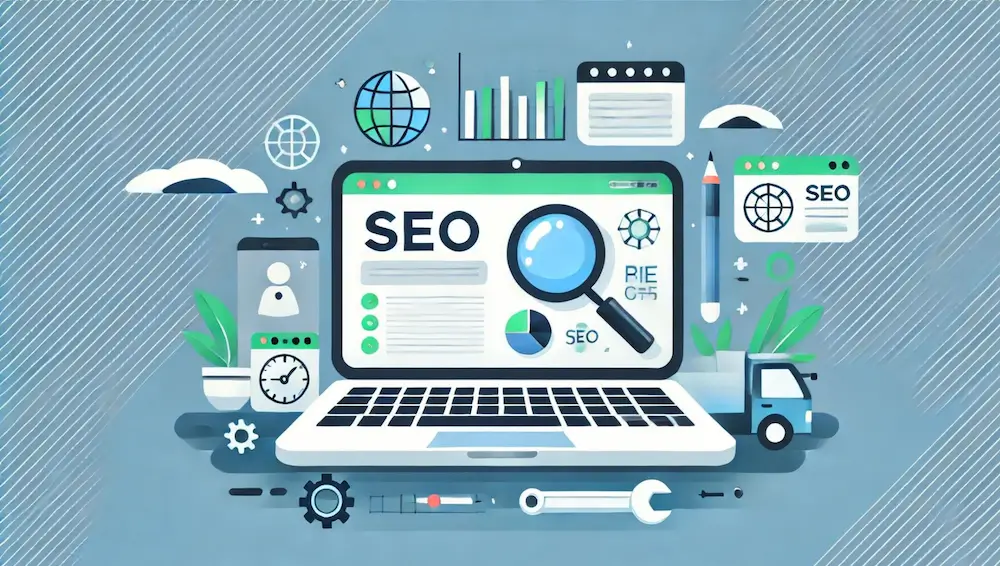How to design a professional brochure
“`html
Understanding the Purpose of a Professional Brochure
A professional brochure serves as a vital marketing tool that communicates essential information about your services or products. It is designed to capture the attention of potential clients and provide them with a concise overview of what you offer. By understanding the purpose of your brochure, you can tailor its content and design to effectively convey your message. Whether you are a medical professional, a lawyer, or an e-commerce business owner, a well-crafted brochure can enhance your brand image and attract new clients.
Identifying Your Target Audience
Before diving into the design process, it is crucial to identify your target audience. Knowing who you are trying to reach will influence the tone, language, and visuals you use in your brochure. For instance, a brochure aimed at medical patients may require a more empathetic tone, while one targeting corporate clients might adopt a more formal approach. Conducting market research can help you understand the preferences and needs of your audience, ensuring that your brochure resonates with them effectively.
Choosing the Right Format and Size
The format and size of your brochure play a significant role in its effectiveness. Common formats include tri-fold, bi-fold, and z-fold brochures, each offering unique advantages. The tri-fold brochure is popular for its compact size and ease of distribution, while bi-fold brochures provide a larger canvas for detailed information. Consider the amount of content you need to include and how you plan to distribute the brochures when selecting the format. Additionally, ensure that the size aligns with your branding and marketing goals.
Crafting Compelling Content
Content is king when it comes to designing a professional brochure. Start with a captivating headline that grabs attention and encourages readers to learn more. Follow this with concise, informative text that highlights your key services or products. Use bullet points or short paragraphs to enhance readability and make it easy for potential clients to skim through the information. Incorporating testimonials or case studies can also add credibility and showcase your expertise in your field.
Utilizing High-Quality Visuals
Visual elements are essential in creating an engaging brochure. High-quality images, graphics, and illustrations can help convey your message more effectively than text alone. Choose visuals that align with your brand and enhance the overall design of the brochure. Ensure that images are relevant to your services and evoke the desired emotions in your audience. Additionally, consider using infographics to present complex information in a more digestible format, making it easier for readers to understand your offerings.
Incorporating Branding Elements
Your brochure should reflect your brand identity consistently. Incorporate your logo, brand colors, and fonts throughout the design to create a cohesive look. This not only reinforces brand recognition but also establishes trust with potential clients. Consistency in branding helps to communicate professionalism and reliability, which are crucial factors for attracting clients in competitive fields such as healthcare and legal services.
Designing for Readability and Flow
A well-designed brochure should prioritize readability and flow. Use a clear hierarchy in your layout, with headings, subheadings, and body text that guide the reader through the content. Ensure that there is enough white space to prevent the design from feeling cluttered, allowing readers to focus on the key messages. Additionally, consider the use of contrasting colors for text and background to enhance legibility, making it easier for your audience to absorb the information presented.
Including a Strong Call to Action
Every professional brochure should include a strong call to action (CTA) that encourages readers to take the next step. Whether it’s scheduling a consultation, visiting your website, or calling for more information, a clear CTA guides potential clients on what to do next. Make sure the CTA stands out visually and is placed strategically within the brochure. This not only helps in driving engagement but also increases the likelihood of converting leads into clients.
Reviewing and Testing Your Brochure
Before finalizing your brochure, it is essential to review and test it thoroughly. Check for any grammatical errors, typos, or inconsistencies in the design. Consider seeking feedback from colleagues or potential clients to gain insights into the effectiveness of your brochure. Testing different versions of your brochure can also provide valuable data on what resonates best with your audience. This iterative process ensures that your final product is polished and ready for distribution.
Choosing the Right Printing Options
Once your brochure design is complete, selecting the right printing options is the next step. Consider factors such as paper quality, finish, and printing method. High-quality paper can enhance the tactile experience of your brochure, while finishes like gloss or matte can impact the overall look and feel. Additionally, explore eco-friendly printing options if sustainability is a priority for your brand. The right printing choices can elevate your brochure, making it a standout marketing tool that effectively represents your business.
“`


